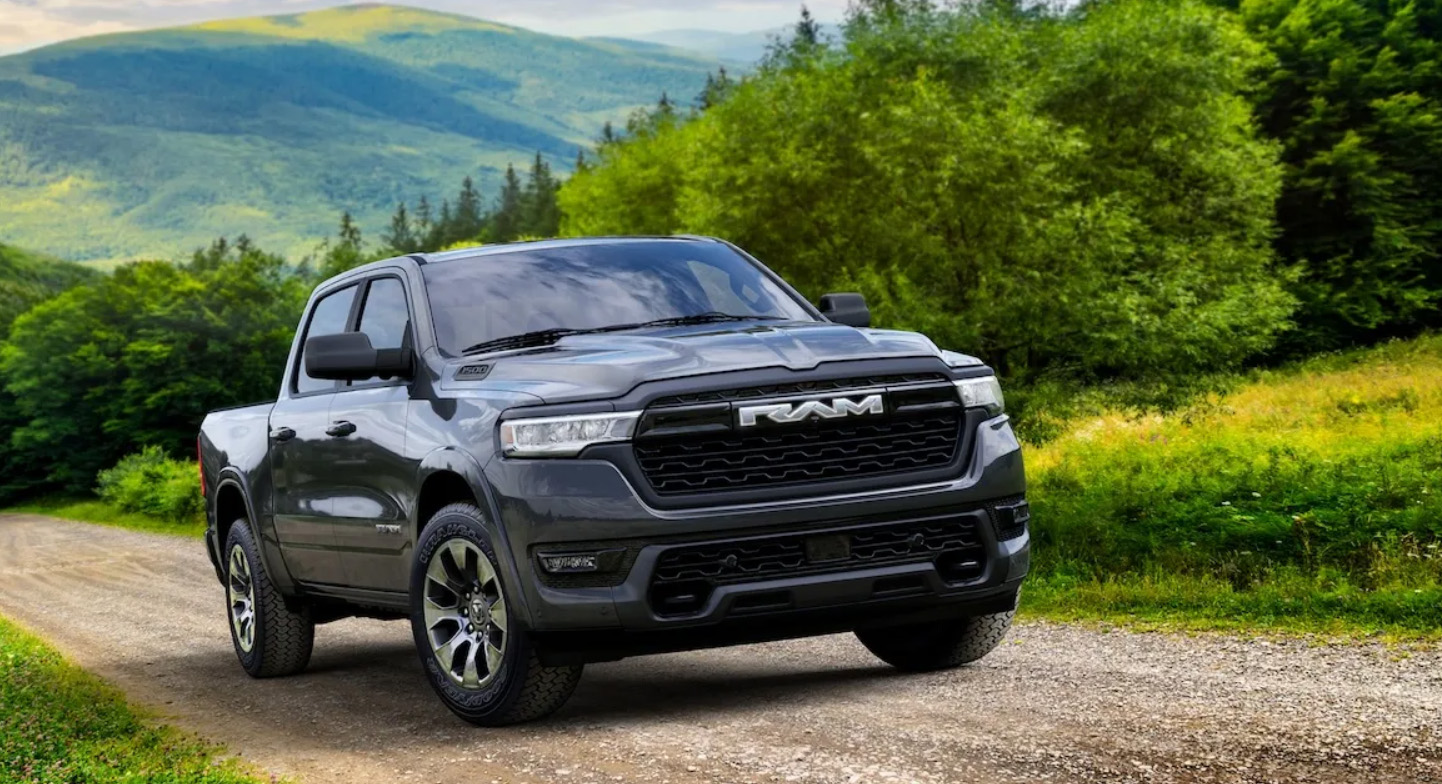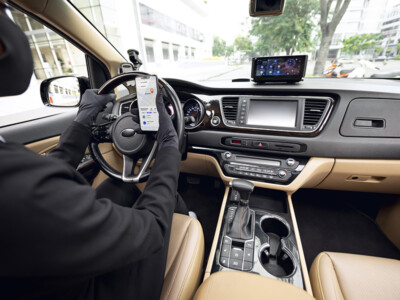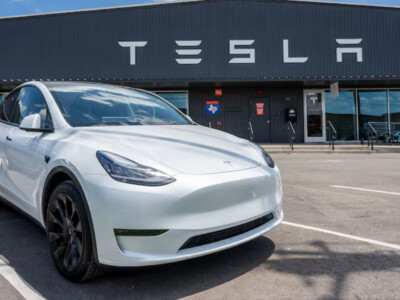

Are plug-in hybrids a gateway to fully electric vehicles or an excessive cost and complexity? Were they requested by consumers or created by bureaucrats and regulators?
At least in some aspects, the answer includes all of the above. It’s complicated.
The greater complexity of plug-in hybrids aims to deliver results by making the ownership experience greener for a specific type of driver: those who can plug in their vehicle most days for commuting but need a gas tank due to concerns about charging on road trips.
Therefore, PHEVs have an engine and usually a much larger battery than hybrids. If you don’t charge a plug-in hybrid, it will typically use a small portion of the battery with the engine, and together they will operate like a hybrid.
There is a lot of controversy about how often typical plug-in hybrid drivers plug them in. A 2022 study by the International Council on Clean Transportation, which leveraged U.S. data sources, found that plug-in hybrids drive 25% to 65% fewer miles than EPA figures on window stickers suggest, and a study by the European Commission determined they polluted more than expected in real-world usage. The EPA is aware of this and proposed a factor to correct it in greenhouse gas regulations, but given the latest EPA and CAFE standards, we will see many more plug-in hybrids.
Toyota Prius Prime
What can we expect from the next generation of plug-in hybrids? Broadly speaking, due to California regulations and better battery technology, they will offer more electric miles, potentially much more, on the order of 50-70 electric miles. In some models, the Range Rover SE Plug-In Hybrid currently offers 51 miles, while others surpass 40 miles: the Toyota Prius Prime has 44 electric miles, the Toyota RAV4 Prime covers 42 miles, and the Volvo S60 Recharge and its counterpart V60 both cover 41 miles.
Future PHEVs will also aim to provide a driving experience more akin to that of an electric vehicle, meaning that as long as there is some charge in the plug-in battery, the gasoline engine will stay almost entirely out of play. And while there are no strict regulations on how PHEVs should be configured, many automakers believe PHEVs will evolve to make the electric side of the propulsion system the more powerful and essential one, not the gasoline engine.
While we await more of those plug-in hybrids, here are the new or significantly improved PHEVs for the 2025 model year, as well as those arriving before (or just after) the end of the calendar year.
Honda CR-V e:FCEV
Honda’s first plug-in hybrid for the U.S. in several years is a California-exclusive vehicle and doesn’t have a gasoline engine under the hood. Instead, a 92.2 kW hydrogen fuel cell replaces the engine and generator in the 2025 Honda CR-V e:FCEV, producing electricity to help keep the large 14 kWh battery charged and provide 174 hp and 229 lb-ft of torque to the front wheels. You can also plug in the e:FCEV and drive it 29 miles on a full charge—which, given that hydrogen supply is not entirely reliable, is a good backup alternative.
Hyundai Tucson
The 2025 Hyundai Tucson Plug-In Hybrid received a sharper look, standard all-wheel drive, and a new infotainment screen influenced by the interior look of the Ioniq 6 EV, all as part of a comprehensive update given to the entire Tucson lineup this year.
In total, there are enough changes to make it onto this list, yet its plug-in hybrid powertrain remains unchanged, with a 72 kW electric motor that doesn’t allow for full electric driving all the time, even with a full charge of the 13.8 kWh battery pack, enabling 33 electric miles. However, a 7.2 kWh onboard charger means it can recharge in less than two hours with a Level 2 home charger, and its powertrain generates a combined 268 hp and 258 lb-ft of torque and gets 35 mpg once there’s no more plug-in charge.
Jeep Gladiator 4×4
There has been a lack of plug-in hybrid pickups in the U.S. market, and it was somewhat unexpected to see Jeep as the first. Gladiator plug-in hybrid has been confirmed to arrive in the 2025 calendar year, with full details to be revealed later this year. At a minimum, expect specifications similar to the Wrangler 4xe, which has a 17.0 kWh battery providing 21 electric miles. Its electric motor and 2.0-liter turbo system, generating a combined 375 hp and 400 lb-ft of torque, have already proven that off-road prowess won’t be sacrificed.
2025 Ramcharger 1500
The upcoming 2025 Ram 1500 Ramcharger is, by our definition, a plug-in hybrid. This is because to make the most of this truck, with its “unlimited electric range with a class-breaking battery,” as the brand sensationally put it, you’ll need to keep the gas tank full.
However, it’s very different. The Ramcharger will be one of the first market series plug-in hybrids—meaning there will be no mechanical connection between the engine and the driving wheels. With a 92 kWh battery pack, it should travel a whopping 145 miles on all-electric power alone, then another 545 miles with the gas engine running as a generator, effectively functioning as a range extender. The dual-motor powertrain driving the four-wheel-drive truck will generate a combined 663 hp and 619 lb-ft, and according to Ram, it will be fully up to the task of long-distance towing.
Ram has said the Ram 1500 Ramcharger will be a 2025 model, but it will arrive after the fully electric Ram 1500 REV, which is slated for the fourth quarter of the year, so the Ramcharger is expected to hit dealerships in early 2025.
Porsche Panamera Turbo S E-Hybrid
Porsche is putting significant emphasis on its electric vehicles, including enhanced and longer-range versions of its Taycan, the new Macan Electric, and the upcoming 718 Boxster EV. But that hasn’t stopped Porsche from continuing to expand its plug-in hybrid offerings. The most notable for 2025 is its Panamera Turbo S E-Hybrid, rejoining the lineup as part of a redesigned third-generation Panamera family.
Like other plug-in hybrids, the internal combustion engine is paired with a single electric motor and an eight-speed dual-clutch automatic transmission. For 2025, expect more than the previous 20-mile range with a charge from the larger 25.9 kWh battery pack; and along with the 4.0-liter twin-turbo V-8, the Turbo S E-Hybrid delivers a combined 771 hp, enabling it to go from 0 to 60 mph in 2.8 seconds and reach a top speed of 202 mph.
Volvo XC90 2025.5
Volvo has refreshed the most important model in its plug-in hybrid lineup, the XC90. The XC90, which will reach U.S. dealerships in the first quarter of 2025, adopts a new grille, and the EX90 interface has been completely revamped inside (at least in terms of the screen, though not the controls). The cabin materials have received a notable upgrade, but the dimensions, both inside and out, haven’t significantly changed.
The Swedish brand defines its latest XC90 T8 as “an electric car with a plan B,” though for the most part, it’s quite the opposite so far, offering, like many other plug-in hybrids today, the full driving experience once the gas engine kicks in. The 2025.5 Volvo XC90 T8 generates 310 hp and 295 lb-ft of torque with the gas engine, plus 145 hp and 228 lb-ft in its electric driving mode, and Volvo expects 33 miles of all-electric driving under EPA standards.
2023 Jeep Grand Wagoneer L
Jeep confirmed this spring that it will add the Wagoneer 4xe and Grand Wagoneer 4xe plug-in hybrids in 2025 (whether for the 2025 or 2026 model year is still unconfirmed), featuring a version of the same “extended range” plug-in hybrid system. For use in the Ramcharger, the finesse of all-electric motor control at the wheels could power the all-wheel drive of these full-size SUVs.







